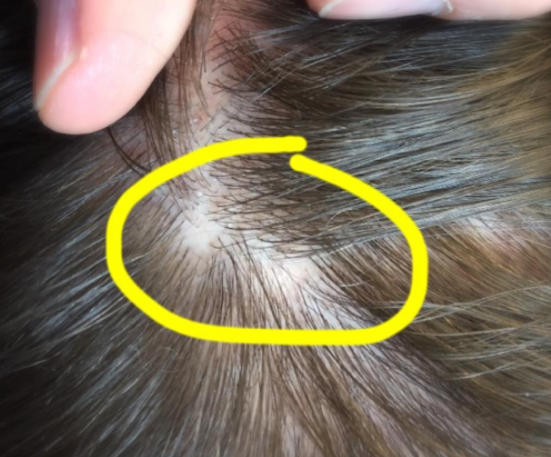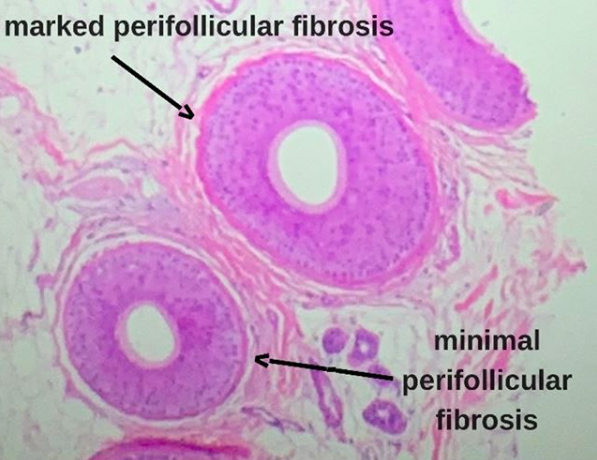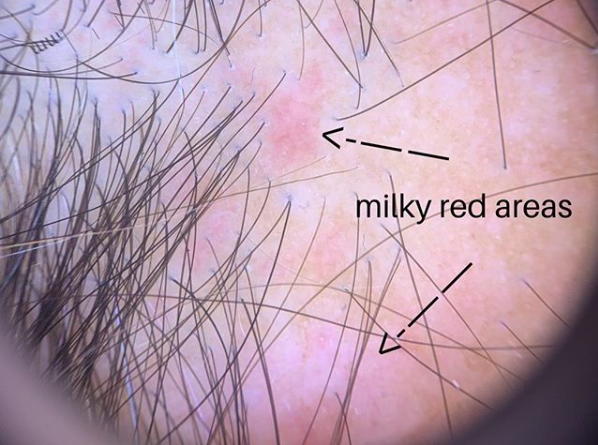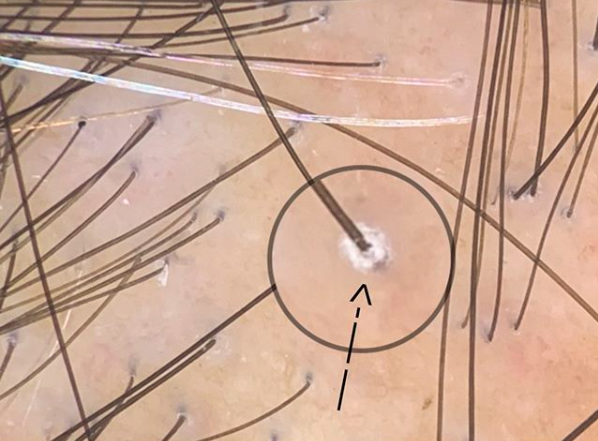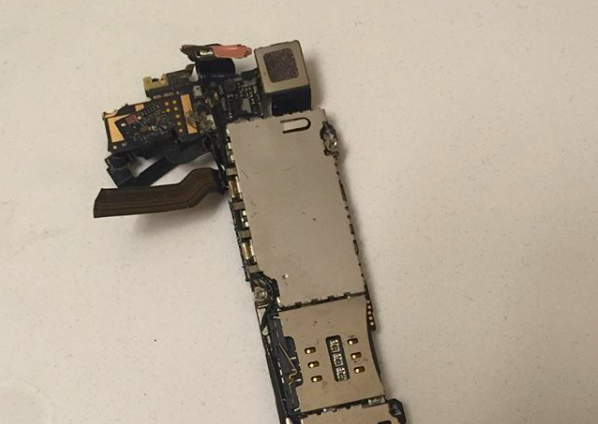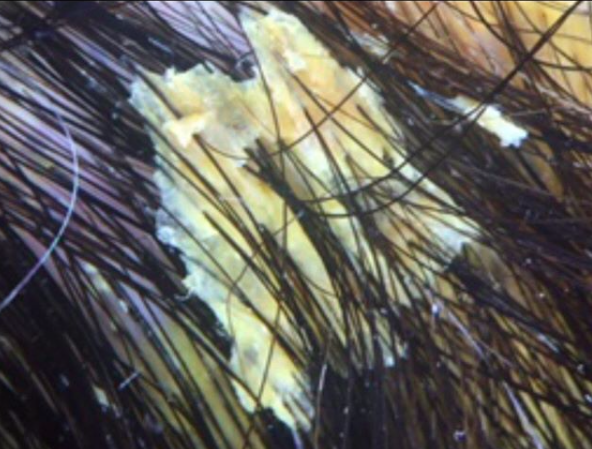" When did your loss start?" - A closer look at whether people truly appreciate their own hair loss
Many people with hair loss don’t realize they have loss
I generally like to believe that my patients know their hair quite well. After all, they see if every day. It seems true that patients know their hair well once they become patients (and realize they do have hair loss). However, several studies however, support a notion that many people in the general population don’t realize they have hair loss for quite some time once it develops. Furthermore, studies suggest that when they do realize they have hair loss they tend to underestimate its severity rather than overestimate it. This is such a good lesson for many physicians who see hair loss patients who mistakingly believe that patients worry excessively and inappropriately about their hair.
Bondo et al 2004, British Journal of Dermatology
A 2004 study by Biondo and colleauges found that 44 women on the waiting list for hair loss actually tended to underestimate the severity of their hair loss rather than overesimate it.
Tosti et al 2005, British Journal of Dermatology
Tosti and colleagues found similar results to the Bondo study. The authors recruited 629 young women who were interviewed by a trained dermatologist the end of secondary school and university. Of these 629 women, 31 of those interviewed had FPHL.
Study participants completed various questionnaires investigating, among other points, the severity ratings of their AGA. Each of the 31 women who had hair loss were asked to describe her alopecia by choosing one of the following descriptions: ‘my scalp is clearly visible’ (12 subjects chose this answer); ‘my scalp is slightly visible’ (12 subjects); and ‘my scalp is not visible’ (seven subjects). Interestingly, 39 % of the women (12 of 39) denied their was a problem, and 39 % underestimated it.
Conclusion
These studies are important because they provide information that women tend to underestimate the severity of their hair thinning before seeing a physician. Although it still needs to be proven, the authors proposed that the tendency to deny hair loss may be considered as a self‐defence mechanism against the psychological stress caused by this problem. This is such a good lesson for many physicians who see hair loss patients who mistakingly believe that patients worry excessively and inappropriately about their hair.
REFERENCE
Tosti et al. Tendency to underestimate the severity of androgenetic alopecia. Br J Dermatol. 2005 Jun;152(6):1362-3; author reply 1363.
Biondo et al. Women who present with female pattern hair loss tend to underestimate the severity of their hair loss.Br J Dermatol. 2004 Apr;150(4):750-2.
This article was written by Dr. Jeff Donovan, a Canadian and US board certified dermatologist specializing exclusively in hair loss.

